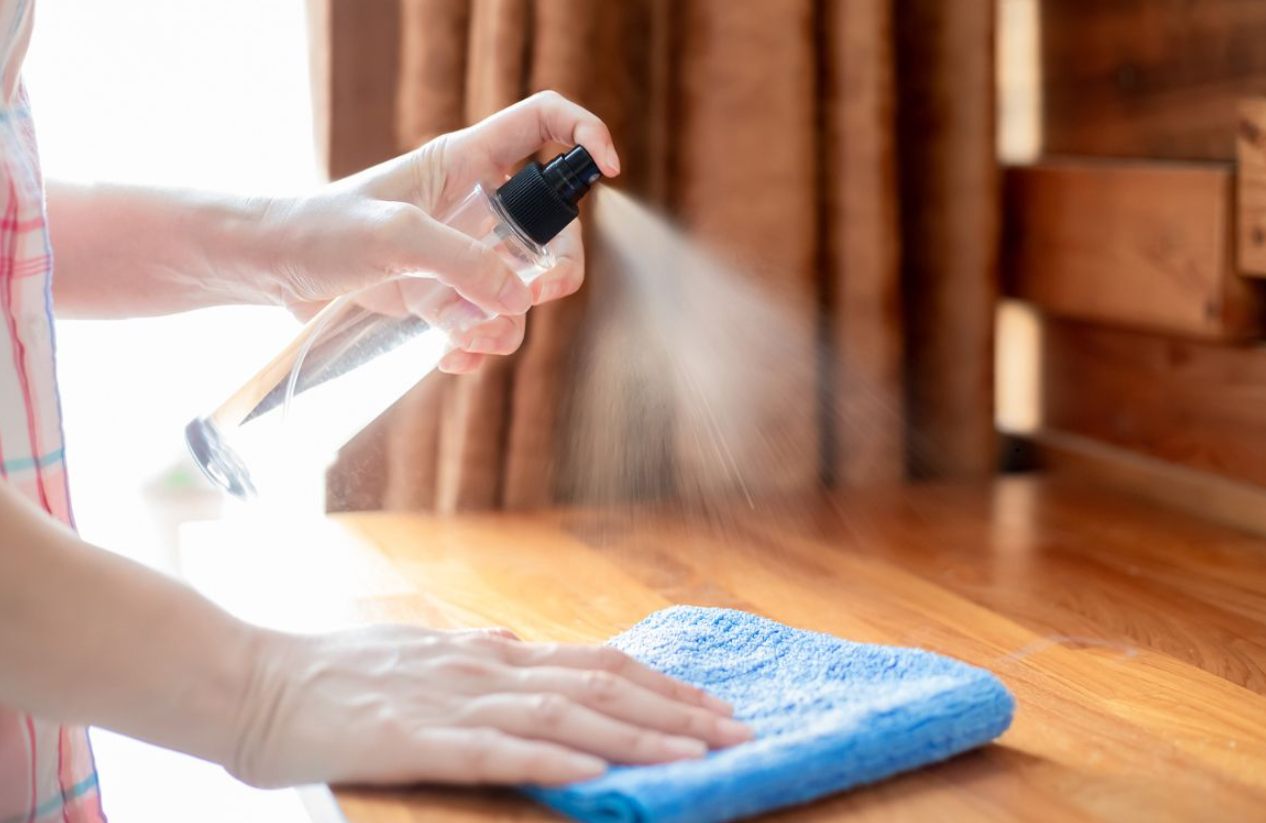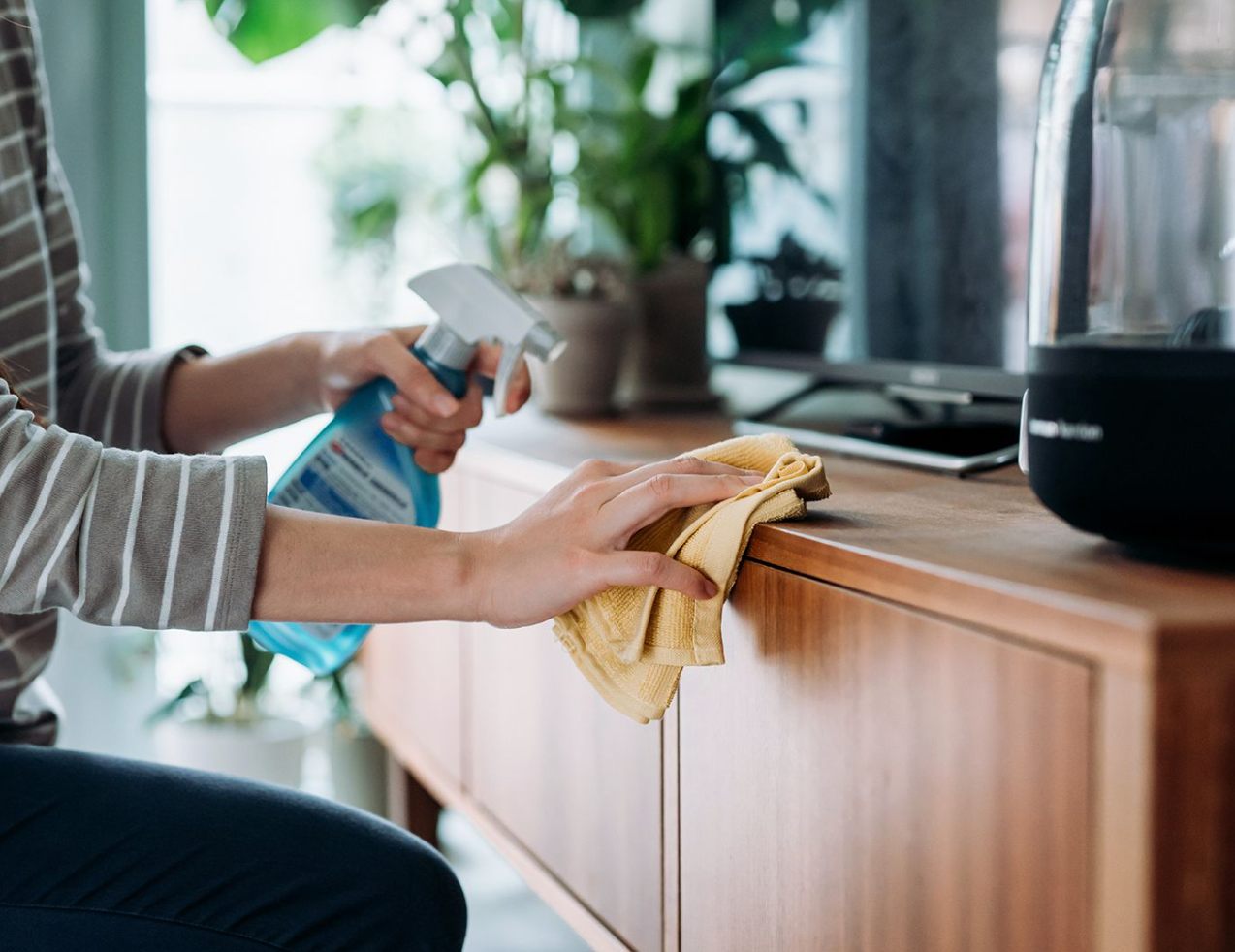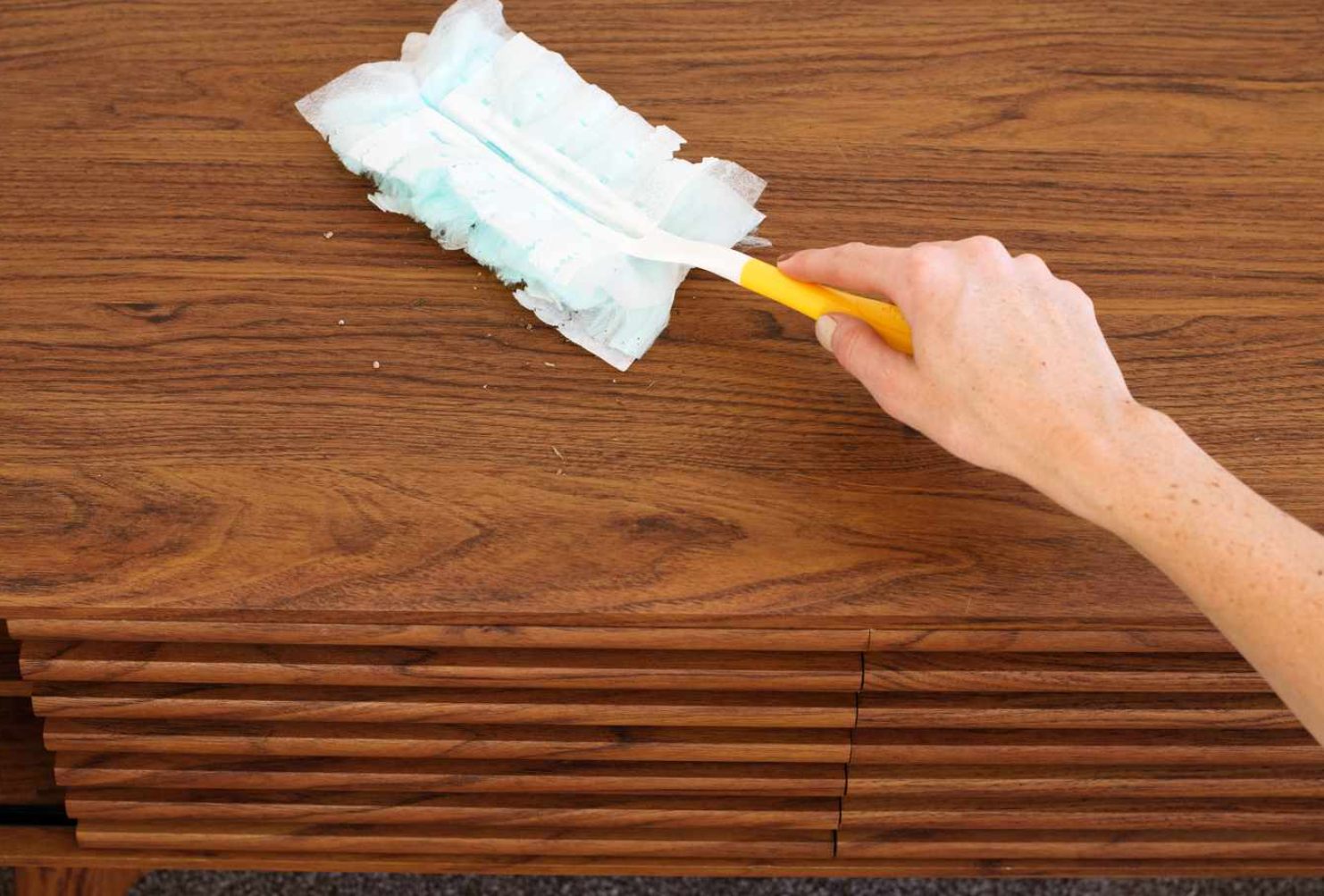Top tips for cleaning and maintaining wooden furniture at home
Wooden furniture warms, is beautiful and has a natural look. The wooden furniture you have in your house should be well-maintained so that it lasts for many years, whether it’s an antique dining table, a contemporary oak bookcase, or an adobe coffee table. With time, dust, spills and the elements wear out wood, scratching it, fading or warping it. But if you keep your wooden furniture clean and well maintained, you can preserve it for many years. I am going to give you expert tips, practical tips, and also share my experience on how to properly maintain your wooden furniture in this essay.

1. Dust Regularly to Prevent Buildup
Dust is a non-threatening substance that will get stuck on wooden surfaces, forming an abrasive that can scratch you with tiny particles in time. The dust can also combine with moisture or cleaners to leave a residue that is impossible to wash away. Getting wooden furniture regularly dusted is the first and the most important part of cleaning wooden furniture.
Tip from the Expert: Swish dust out with a soft microfiber cloth or feather duster made without lint. Be sure not to use hard substances such as paper towels, which may scratch the surface. For carvings or those hard-to-reach places, use a soft-bristled brush.
Ethan Caldwell, as the author of this article and a home management expert, says : I never dusted a wooden side table for a few weeks and then I cleaned it but, when I got it clean, it had a thin coating of grime that took extra work to wash off. Now I scuff my wooden furniture at least once a week. This little exercise has made my furniture looking good and not necessitating a full cleaning.
2. Clean with the Right Products
The wrong type of cleaner will ruin the finish of wooden furniture. Hard chemicals, ammonia or rough cleaners will break the finish, exposing the wood to scratches and stains. Choose cleaning products that are wood-specific.
Expert Tip: Combine a few drops of mild dish soap with warm water to make a mild cleaning solution. Fill a soft washcloth with the mixture, squeeze it well, and clean it. Don’t wet the wood as this can warp or turn it a brown. When you are done, wipe clean and dry the surface.
Tip: I once used a general-purpose cleaner on a wooden desk as though it were fine. And then the cleaner made a cloudy residue on the desk, so I had to finish the desk again to make it shine again. I learned from this incident that you should clean for wood.

3. Polish to Restore Shine
And wooden furniture tends to be dull in appearance from the daily abuse. Polishing will not only bring back the gleam but also gives a layer that is scratch and stain resistant.
Expert Tip: Apply a quality furniture polish or wax for the wood you have. — Rub on the polish only lightly, with a soft towel, in line with the grain of the wood. Rub on smooth, gloss surface. Do not over-polish as this will result in residue.
— Hint: I own an old wooden dresser, which had come undone after so many years. With a little beeswax polish and a good buffing, the dresser was like new. The polish even filled in some small scratches to make the finish more uniform.
You can also read these articles on our website:
4. Protect from Sunlight and Humidity
Wooden furniture will take the affects of sunlight and humidity. Long periods of sunlight wilt the wood and excessive humidity warps or cracks it.
Tip from the Expert: Slide wooden furniture away from windows or block the light with curtains and blinds. Also, consider a UV finish for reduced fade. Control humidity with a dehumidifier in humid regions or a humidifier in arid regions. Wood preservation best achieved with a steady indoor humidity (40-50%).
Reminder: I once left a wooden chair by a sunny window and within months the window side had disappeared. To correct this, I moved the chair to a shaded spot and stain it a color even. I’m better at managing where my wooden furniture goes now so there’s no more problems like this.

5. Address Spills and Stains Immediately
There are falls, there will be spills. But spilling liquids on wooden furniture can leave stain, watermark or even stain forever. These are preventable problems if we can avoid them at the early stage.
Expert Pro Tip: Wipe off splatters with a dry, clean cloth. Do not rub as this will transfer the liquid and force it deeper into the wood. Stains: Clean with a wood cleaner or baking soda and water. Apply the solution with a clean soft cloth, then rub it away with a clean wet cloth and dry the surface.
Tip: I once left red wine on a wooden coffee table at a dinner party. I yelled and grabbed the nearest cloth and scratched the splatter until it got worse. A little internet searching, and I was taught to blot it away and scrub it with a wood-safe cleaner. The table still shows the faint scar, but it’s an omen for tomorrow’s fast and shrewd steps.
6. Use Coasters and Placemats
Hot cups, icy glasses and plates can leave ugly rings or marks on wood. Coasters and placemats are one simple but handy technique to save your furniture from scratches.
Pro Tip: Use felt coasters and placemats or cork or silicone coasters as they are soft against the wood. Beware of plastic or rubber mats, as they can retain moisture and discolor.
Learning: I used to put my morning coffee right on a wooden bedside table and eventually it left white rings. So I purchased some felt coasters, now I never have to worry about scratching the surface. This one little tweak has made a world of difference to maintaining the look of the nightstand.
7. Repair Scratches and Dents
Wooden furniture, even when kept in great condition, gets scratched and carved. And good news is that many small flaws can be fixed with a few easy tricks.
Expert Tip: To clean small scratches, rub a wood marker or crayon the same color of furniture. Apply the oil to the scar and buff it in with a cloth. You can apply wood filler or wax stick for more extensive scratches or dentations. Fill in the crack and then lightly sand around the hole and buff it to a similar finish.
Reminder: My dog scratched the legs of a dining table made of wood, while playing nearby. My reaction was that it made me really angry, but if you had the scratched over by using a walnut (a technique I learned online) they didn’t seem to bother you so much. In the case of harder scratches, I’ve used wood filler and then a bit of polish.
FAQ:
- What is the best way to clean wood furniture at home?
The best way to clean wood furniture is to dust it regularly with a soft, dry cloth to remove surface dirt. For deeper cleaning, use a mild soap mixed with water, dampen a cloth (not soaking wet), and gently wipe the surface. Always dry the furniture immediately with a clean, dry cloth to prevent moisture damage. Avoid harsh chemicals or abrasive tools that can damage the wood’s finish. - Can I use baking soda and vinegar to clean wood furniture?
While baking soda and vinegar are effective natural cleaners for many surfaces, they are not recommended for wood furniture. Baking soda can be abrasive and may scratch the wood’s finish, while vinegar’s acidity can damage the protective coating and dull the surface over time. It’s safer to use cleaners specifically designed for wood. - What does vinegar do to wood furniture?
Vinegar, being acidic, can break down the protective finish on wood furniture, leaving it vulnerable to damage and discoloration. Over time, it can dull the surface and strip away the polish or sealant. For this reason, vinegar should be avoided when cleaning wood furniture to preserve its appearance and longevity.
Article source:

I’ve been using a damp cloth to clean my wooden furniture, but I didn’t realize it could cause damage over time. I’ll switch to a dry or slightly damp cloth instead.
The tip about dusting furniture regularly to prevent buildup is straightforward but effective. I’ll make it a habit to dust at least once a week.
I didn’t know that vinegar and olive oil could be used to polish wooden surfaces. I’ll try mixing them to restore shine to my dining table.
The suggestion to avoid placing wooden furniture in direct sunlight is helpful. I’ll rearrange my living room to protect my coffee table from fading.
I’ve been using commercial cleaners, but the idea of using mild soap and water sounds gentler. I’ll try this method for routine cleaning.
The advice about using coasters and placemats to prevent water rings is practical. I’ll start using them to protect my wooden desk.
I didn’t realize that waxing wooden furniture could help maintain its finish. I’ll look into getting a suitable wax product for my chairs.
The tip about addressing spills immediately to prevent stains is something I’ll keep in mind. I’ll keep a soft cloth handy for quick cleanups.